|
15/9/2020 0 Comments Clearing up confusion ... pt 6
0 Comments
14/9/2020 0 Comments Clearing up confusion ... pt 5What’s the difference between a “prepared” Hyacinth and a “spring-flowering” Hyacinth?
The spring-flowering Hyacinths (left) do what it says on the tin. Plant them in pots and borders in the autumn, with the tops of the bulbs two-three inches below the surface, and wait for them to burst into bloom in March/April. “Prepared” means they have been heat-treated to trick them into flowering for Christmas time. Plant them in pots with their “necks” above the surface of the soil (right picture), then put them somewhere cool and dark for two-three months until you see shoots appear. At this point bring them into the warmth and light of your house where they should come into flower for December/January. 12/9/2020 0 Comments Clearing up confusion ... pt 4Think Tulips are just for one year?
Again it depends on the variety. Many of the taller Tulips will actually flower for many years - look for varieties in the Darwin or Emperor families. Others can have their flowering life extended by you digging them up every year and storing the bulbs until the autumn (this is much less effort to do with those you have grown in containers). Easier yet are the dwarf Tulips, such as ‘Pinocchio’ and 'Red Riding Hood' which reliably flower year after year. Most are of the Greigii and Kaufamanniana families. The very low growing wildflower Tulips, such as ‘Tarda’ will even increase in number over time! The best month for planting them is November but there is plenty of leeway. 10/9/2020 0 Comments Clearing up confusion ... pt 3
8/9/2020 1 Comment Clearing up confusion ... pt 2
6/9/2020 0 Comments Clearing up confusion ... pt 1There are lots of options for colour in the cooler months … but many types can cause confusion!
Clearing up confusion part 1: Pansies and Violas are unbeatable for flower power throughout the cooler months, and should be your go-to plant for pots, planters, troughs and baskets. People like to check that the plants they are buying are winter-flowering varieties rather than summer-flowering, but these days they are one and the same. The only thing that affects flowering time with modern varieties is when they are potted up! And the only real difference between Pansies (left) and Violas (right) is that the former have larger flower heads. |
Gardening advice by Catherine McMillanOrder your copy of Gardening for the Uncommitted: What You Really Need to Know, When You Don't Really Want to Know: available from Amazon.co.uk on paperback, eBook and KindleUnlimited. Don't forget to leave a review! Archives
November 2020
Categories |
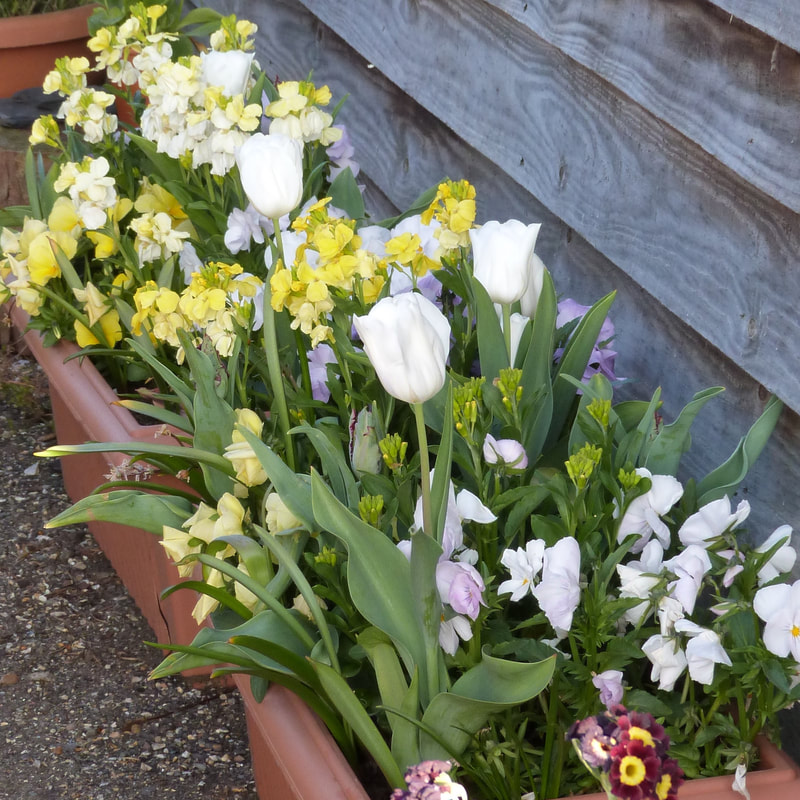
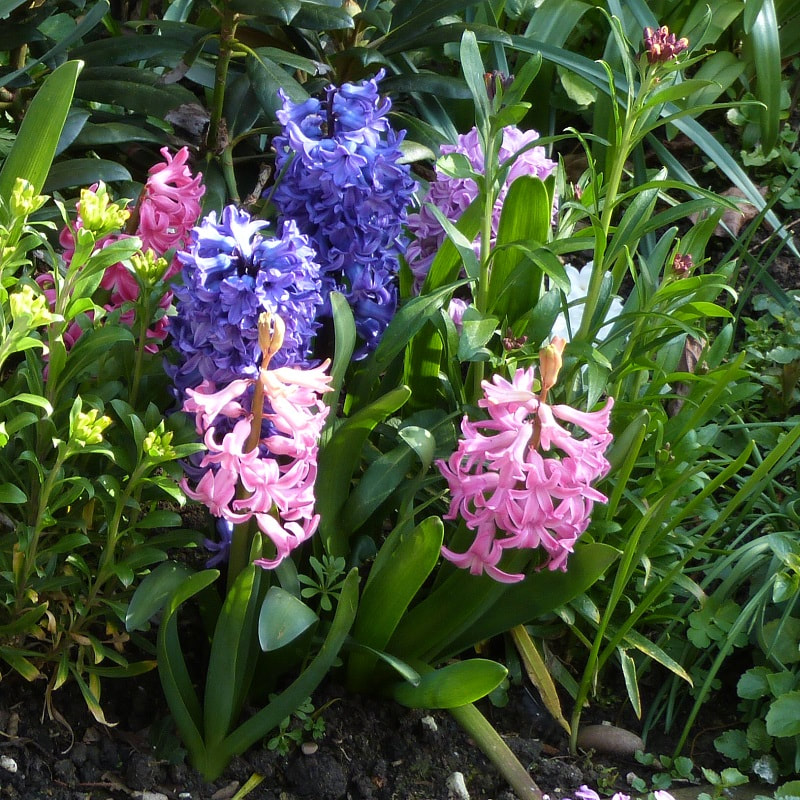
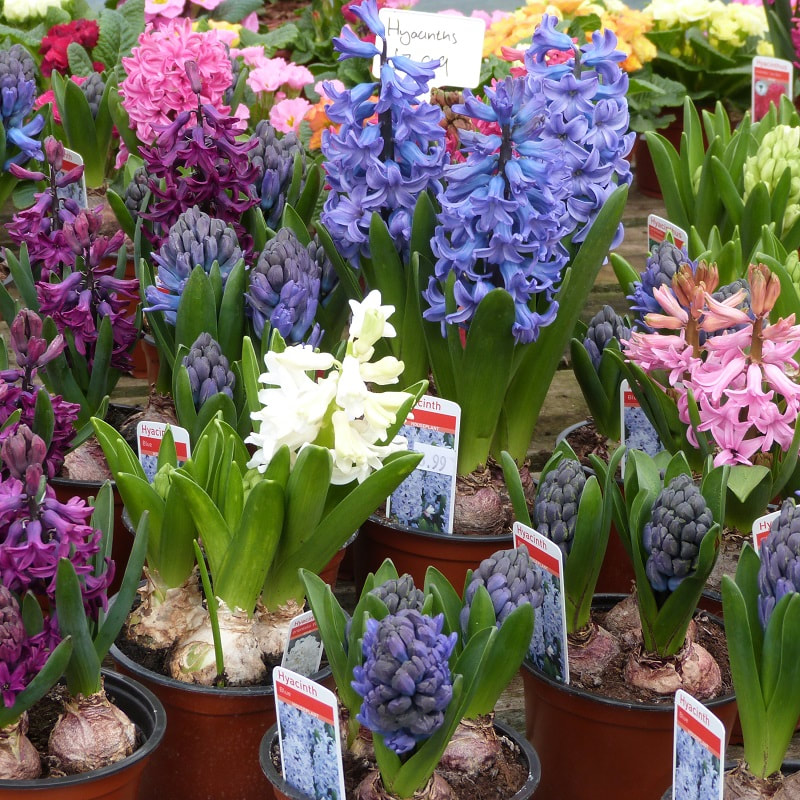
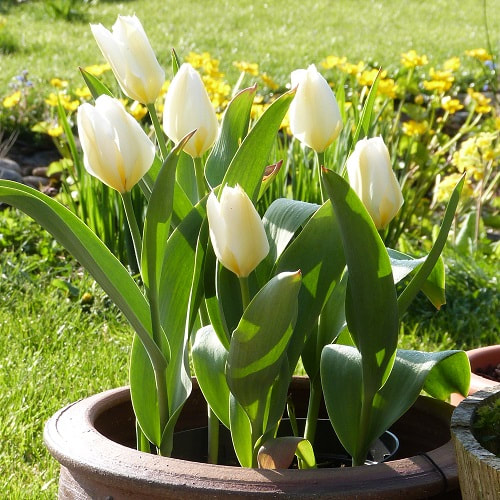
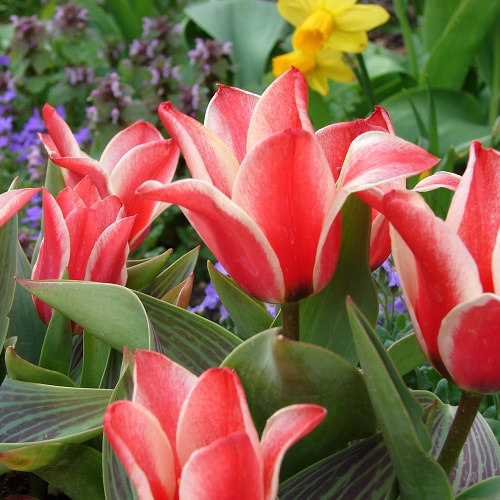
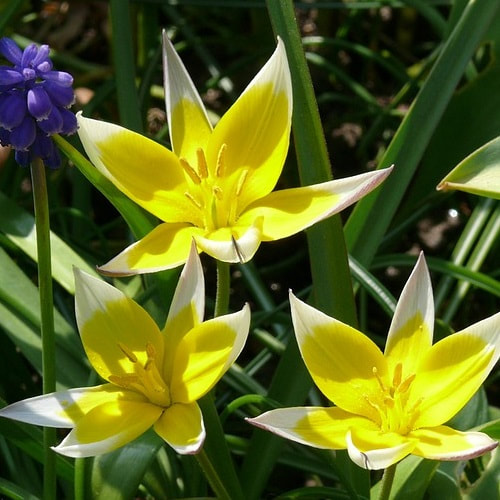
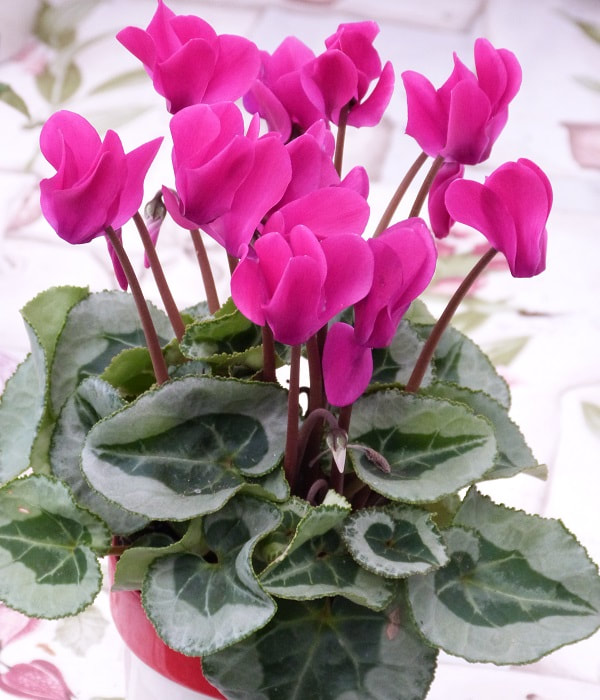
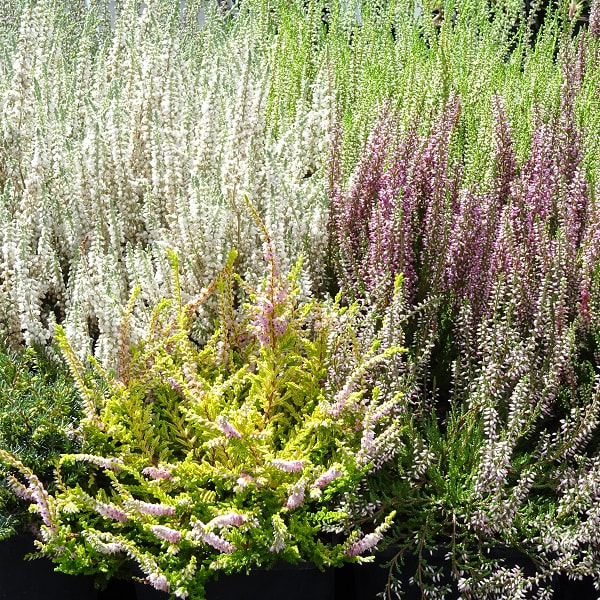
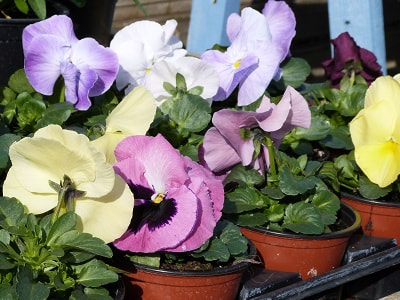
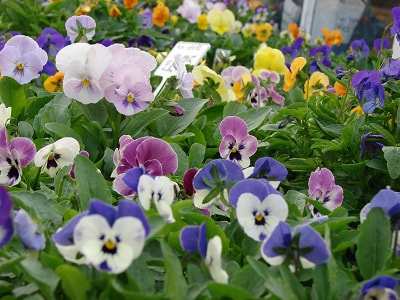
 RSS Feed
RSS Feed
